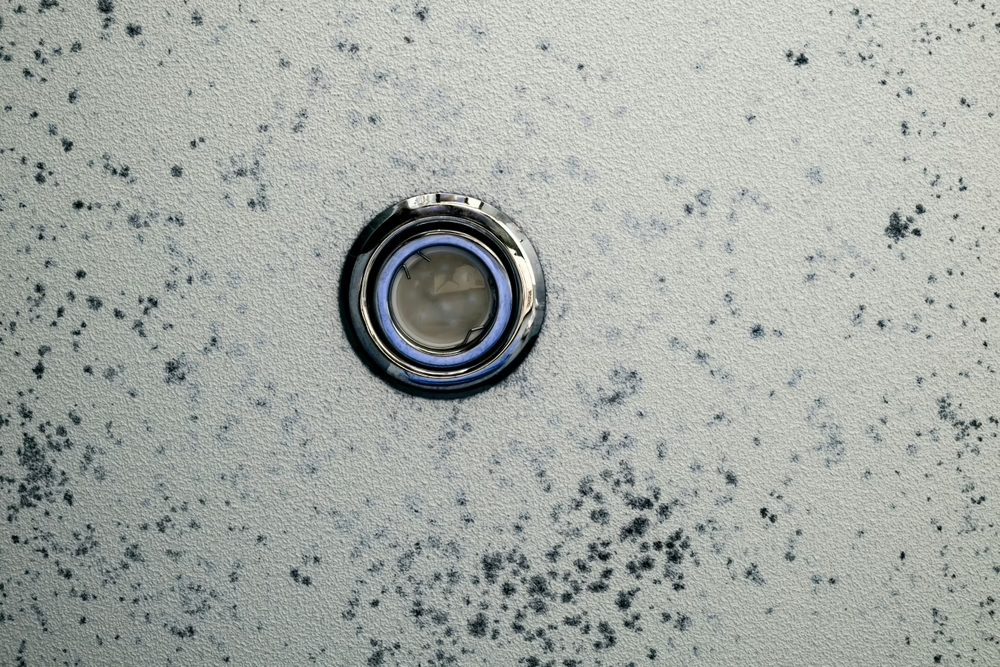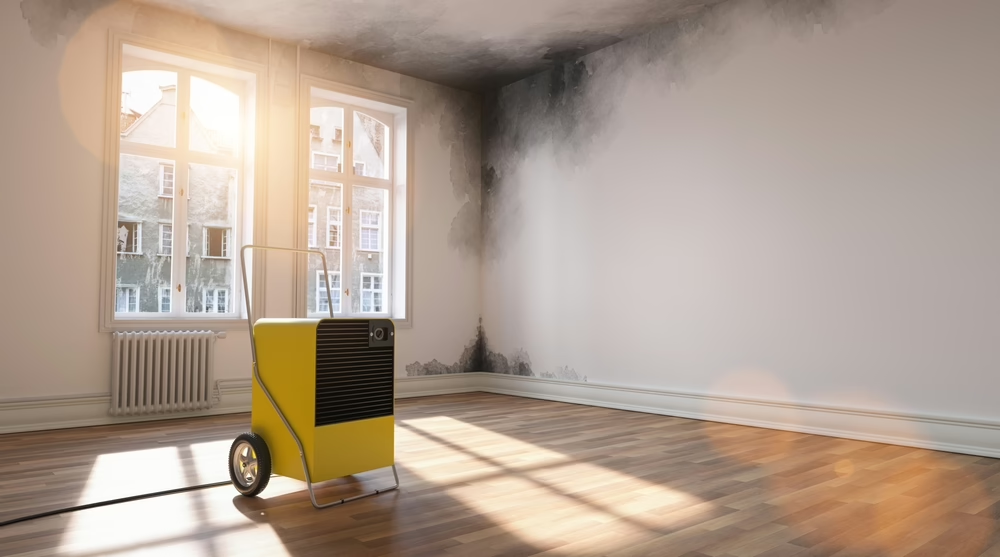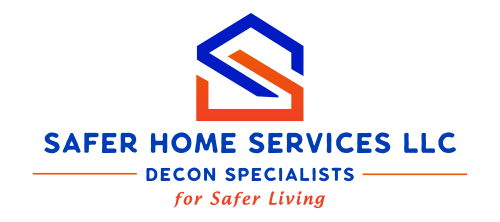
Mold is a fungus that thrives by breaking down organic matter in damp environments, especially in areas with low light. It germinates from spores floating around in the environment, looking for a place to land and propagate. Most of the time, the spores are harmless and easily removed. When the mold colonies grow unchecked, you’ll need Safer Homes LLC to help with mold removal in Mount Laurel or wherever you’re located throughout South Jersey.
Some types of mold are harmless, while others can seriously impact you and your family’s health. Read on to learn more about the more common types of household mold.
Mold Classifications and Their Health Impact
Mold has three major classifications; the most common types fall under one. The classifications include:
Allergenic
Inhaling allergenic mold spores triggers an allergic reaction that causes sneezing, coughing, runny nose, and watery/itchy eyes the same as any other allergen. They can also trigger an asthma attack in someone who suffers from asthma.
Pathogenic
These molds, while not common, can live in a person’s body and cause skin and lung infections, heavy coughing, and allergic reactions.
Toxigenic
This type of mold usually appears on top of an existing mold outbreak and has been known to cause respiratory failure.
Common Types of Mold Found in the Home
Aspergillus
Aspergillus has multiple species, but all appear dark, gray-greenish. It’s found in houseplants, crawl spaces, composting vegetable matter, and even old pizza boxes. It causes minor health issues and mild allergic reactions.
Alternaria
Alternaria is similar in appearance to Aspergillus but prefers warmth and dryness for propagation. It’s most often seen in soil, fruits and vegetables, and various household textiles. It’s a cause of hay fever and can stimulate an allergic reaction in children with asthma, resulting in an asthma attack.
Cladosporium
It appears as yellow, black, or green spots and is usually found on AC units, carpets, curtains, damp drywall, and similar environments. It’s largely harmless but can cause allergic reactions or asthma attacks.
Penicillium
This particular mold shows up as a fluffy, blue-green mold and occurs in all types of climates. It’s commonly found on decaying bread but also propagates on fruits, nuts, soil, and decaying plant matter.
Serpula
Serpula is more commonly known as dry rot. While it doesn’t typically cause allergic reactions or other irritations, it can seriously harm your home’s structure. If you suspect dry rot, call us for a mold inspection in Burlington County or wherever you live in South Jersey.
Ulocladium
This is another type of fungus that attacks your home but goes after particleboard and drywall after water damage. It can also grow in emulsion paint, wood, textiles, and paper. The mold also causes respiratory problems that can lead to difficulty with breathing.
How a Mold Inspection Helps You Keep Your Home Healthy

At Safer Home Services LLC, we understand the risks that mold poses to the health of your home and your family. Contact us on our website or give us a call at 856-271-5313 to set up a mold inspection of your home and find out what you’re dealing with. Once we evaluate the situation, we’ll safely treat the mold and restore your home to its pre-damaged condition!
